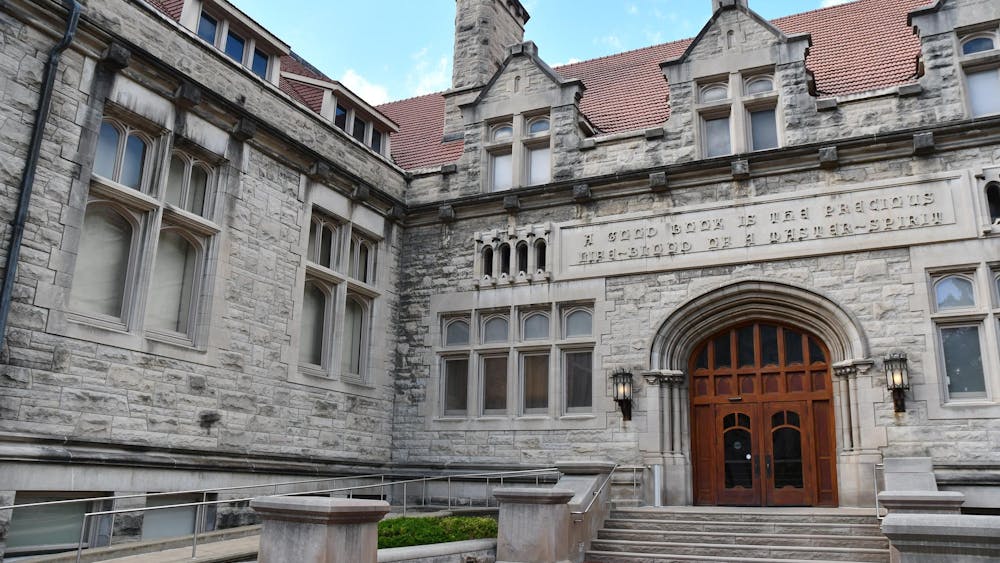The long-awaited “Hamilton” mixtape was released Friday, much to the delight of devoted Hamilfans, as the musical’s most avid followers are called.
Lin-Manuel Miranda’s compilation of remixed hits from his Broadway sensation “Hamilton: An American Musical” brings together celebrated artists from different stylistic traditions in a reprise of the cassette-tape culture of the 1990s.
Just as the original mixtape tradition preceded the track-skipping potential of the CD, the collection is best listened to from start to finish in its intended order. The significance of the art form, in part, exists in the yoking together of certain stylistic and lyrical selections.
It is precisely this form of selection that lends particular resonance to Miranda’s latest musical narrative. With the musical’s original mantra of “Who lives, who dies, who tells your story?” this revisionary mixtape captures this central question of narrative selectivity.
By collecting new voices and revised songs, the mixtape prompts consideration of the act of retelling — just as our constant revisiting and recontextualizing of history is best thought about as its own sort of remix.
The stylistic syncretism that the mixtape enables, with its combination of rap, hip-hop, pop, rhythm and blues, reflects the diversity already present in the musical. “Hamilton” is, after all, a critical retelling of a moment in U.S. history, in which diverse contributions to the nation’s formation are brought out from their traditional behind-the-scenes positions in the history books.
The musical’s racially diverse cast and its innovative incorporation of diverse, culturally significant musical genres alternatively foregrounds the equally diverse background of U.S. history, bringing to center stage the historical roles of immigrants and women, among others.
The mixtape, in taking this same sense of diversity and mixing it up, models the constantly evolving cultural composition that defines the U.S. as a nation predominantly composed of immigrants.
Furthermore, the form of the mixtape has historically been central to U.S. art and culture in its democratizing pervasiveness within the population. In his 2001 book “Sonata for Jukebox,” critic Geoffrey O’Brien writes that the personal mixtape is “perhaps the most widely practiced American art form.”
In terms of O’Brien’s assessment, it seems relevant that the predominant U.S. art form would be such a personal, yet dynamic, type of cultural production. The individual taste that defines a personal mixtape allows for diverse individual identities, but the act of compiling and sharing naturally responds to more collective cultural currents.
The role of the mixtape as an art form may have changed to a certain extent with the introduction of digital playlists, but the cultural core of the form still exists in the compiling, sharing and remixing of music. “Hamilton: The Mixtape” is an example of this cultural exchange writ large.
In short, I would recommend the mixtape as a soundtrack when working on final paper revisions this week. Not only does the mixtape have some great tracks, but it supplies an inspiring form of revision and rewriting in and of itself — in terms of not only music but also history and culture.
kmilvert@umail.iu.edu





